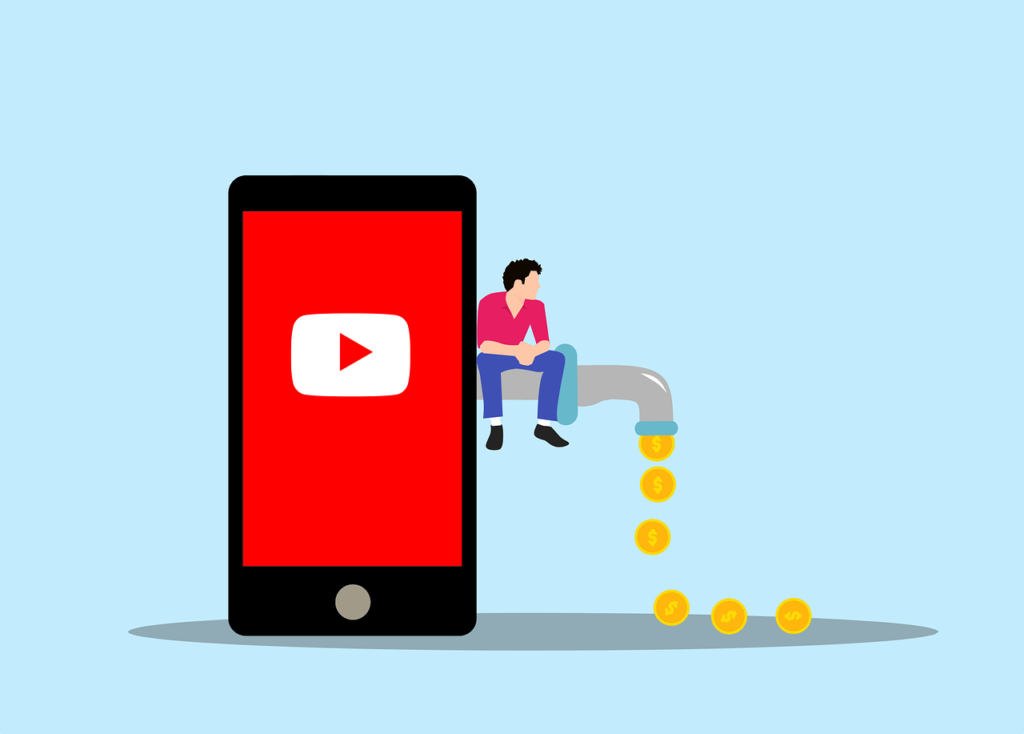YouTube is tightening the screws on ad-blockers, leaving viewers with a tough choice – put up with ads or pay up for a subscription. In a recent announcement, the video streaming behemoth revealed that users relying on third-party ad-blocking apps might face buffering issues or playback errors. This move is part of YouTube’s ongoing effort to enforce its terms of service, which explicitly prohibit ad-blockers.
The rationale behind this crackdown is straightforward: ads on YouTube are the lifeblood of the platform, supporting creators and allowing billions of people worldwide to access the service. As YouTube’s announcement states, “Ads on YouTube help support creators and let billions of people around the world use the streaming service,” while ad-blockers “prevent the creator from being rewarded for viewership.”
This isn’t YouTube’s first foray into curbing ad-blockers. Last October, the platform announced a “global effort” to tackle ad-blocking services, as reported by The Verge. Initially, the rollout targeted specific ad-blockers and smaller user groups. However, savvy users could still circumvent the restrictions by downloading third-party apps via YouTube’s API. Now, YouTube is closing this loophole by prohibiting all third-party apps that enable ad-blocking.
For content creators who rely on YouTube as a revenue stream, this move is undoubtedly a boon. It ensures that they get compensated for their hard work and creativity, which is fueled by the ad revenue generated by their videos. However, for casual viewers, the loss of ad-blocking capabilities might be a bitter pill to swallow, even though the reasoning behind it is understandable.
YouTube finds itself in a delicate balancing act, striving to keep creators, advertisers, and users all satisfied. While some might view this crackdown as a classic case of “enshittification” – gradually degrading a free service to coerce users into paying for a premium version – others might argue that sitting through a few ads is a small price to pay for the wealth of content available on the platform.
Ultimately, viewers are faced with a choice: embrace the ads or shell out $14 per month for a YouTube Premium subscription, which grants ad-free viewing and shares revenue with creators in the YouTube Partner Program. As the ad-blocking wars rage on, one thing is clear: YouTube is determined to protect its revenue streams and ensure that creators get their fair share.
